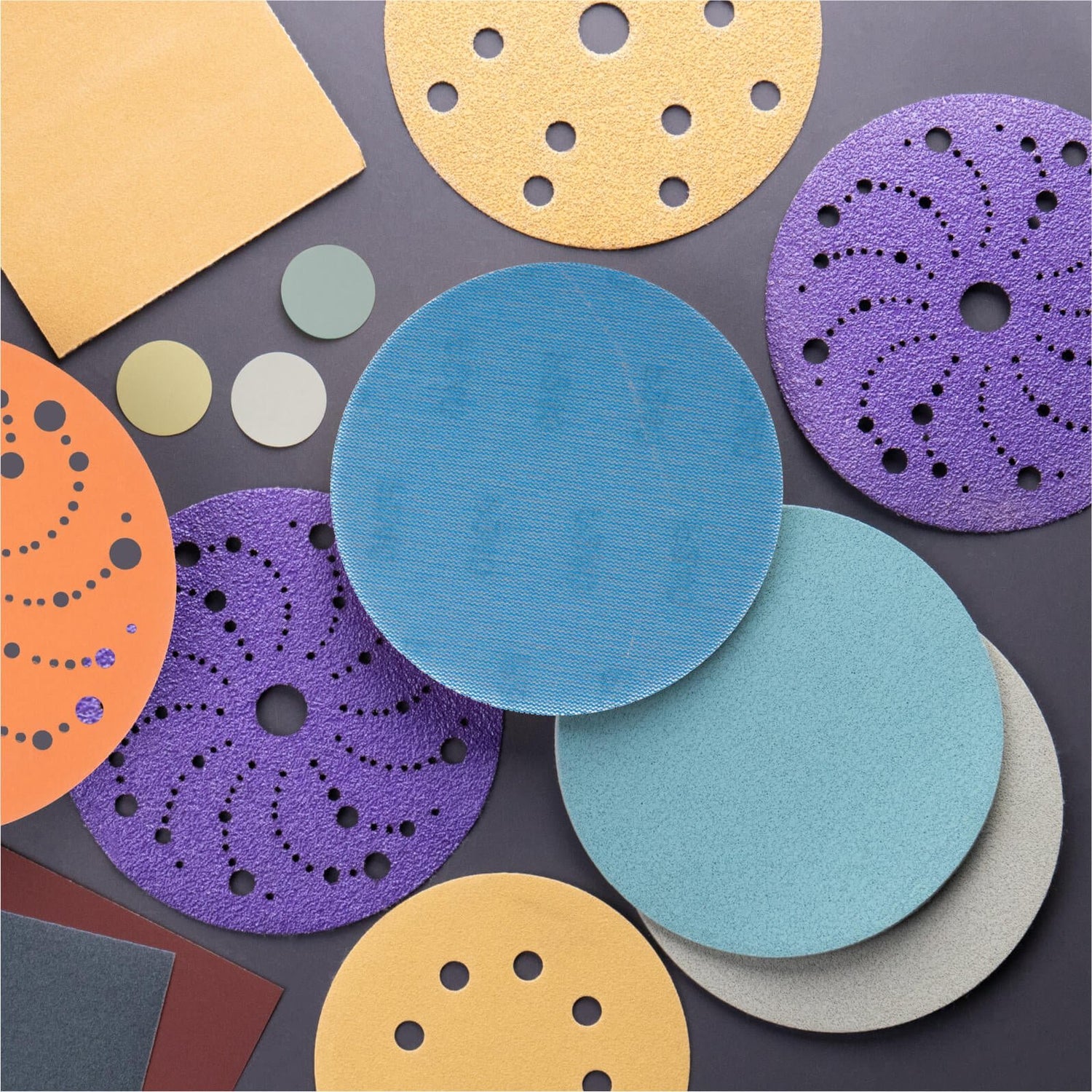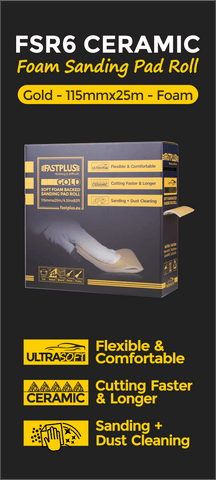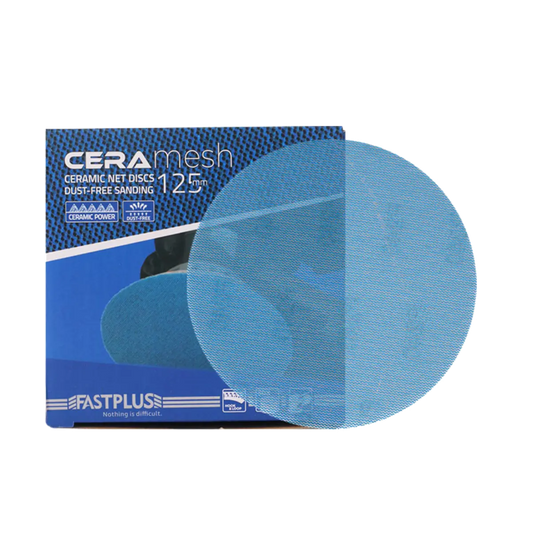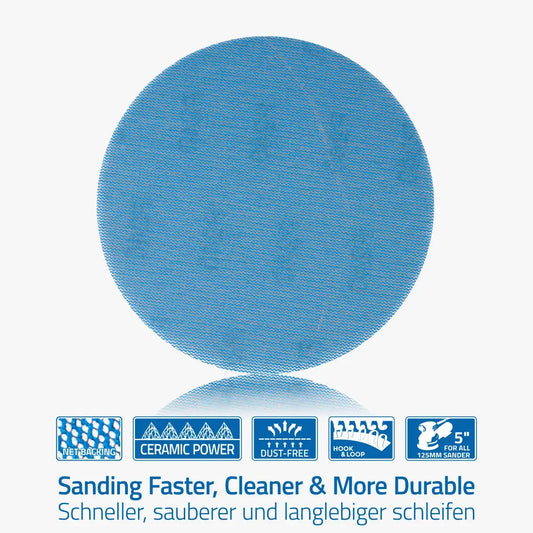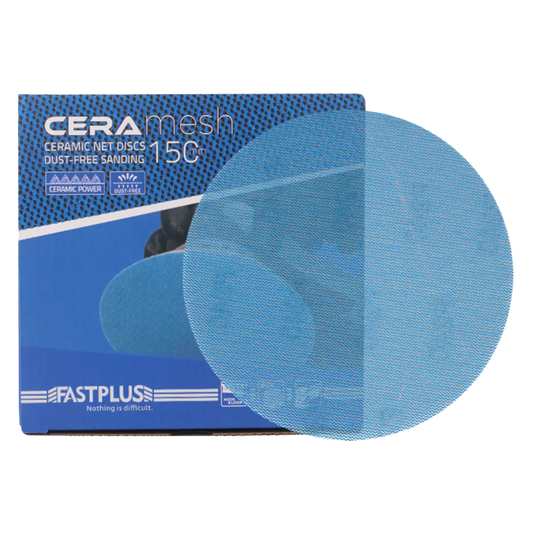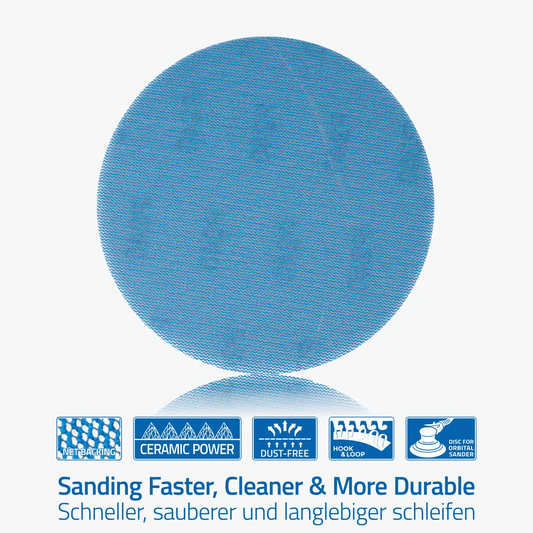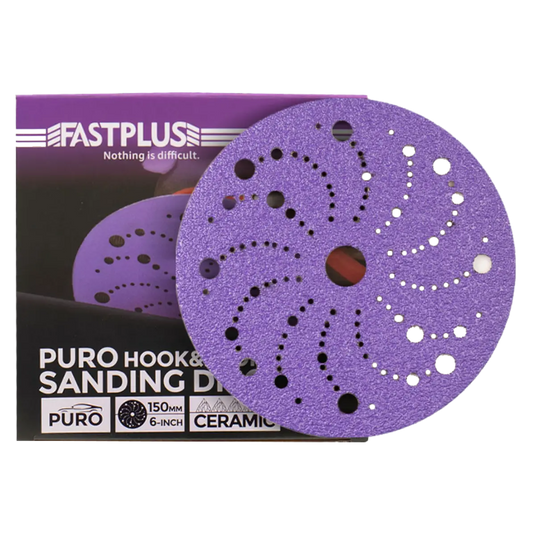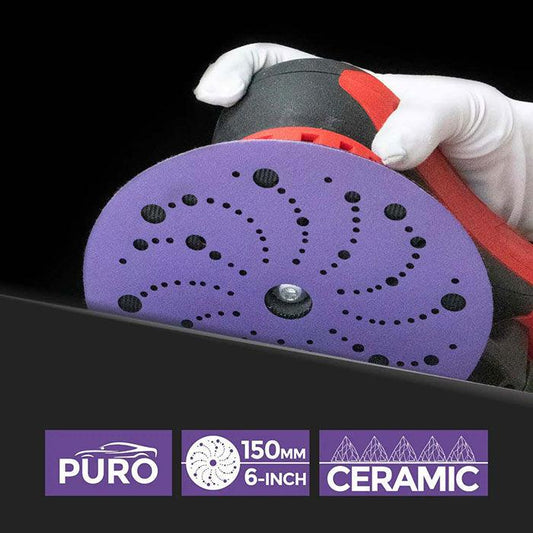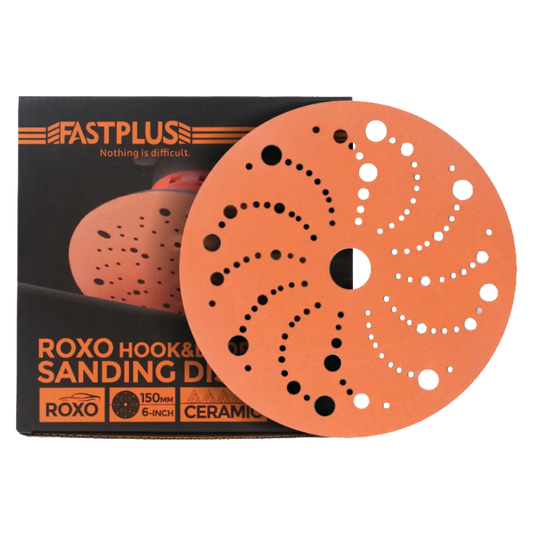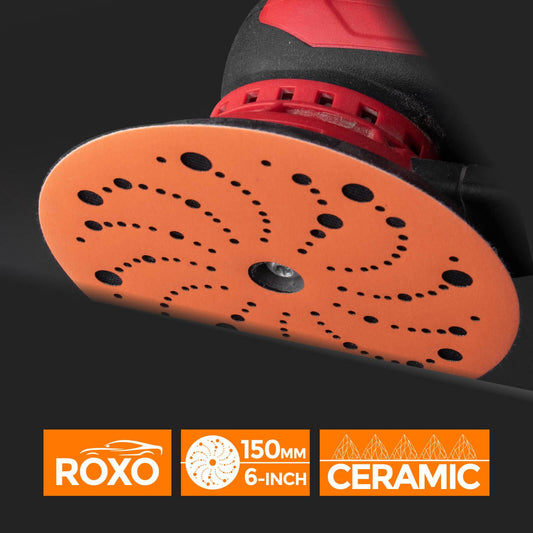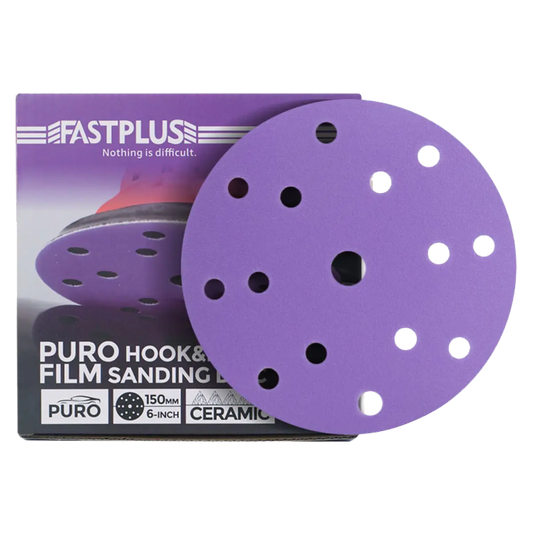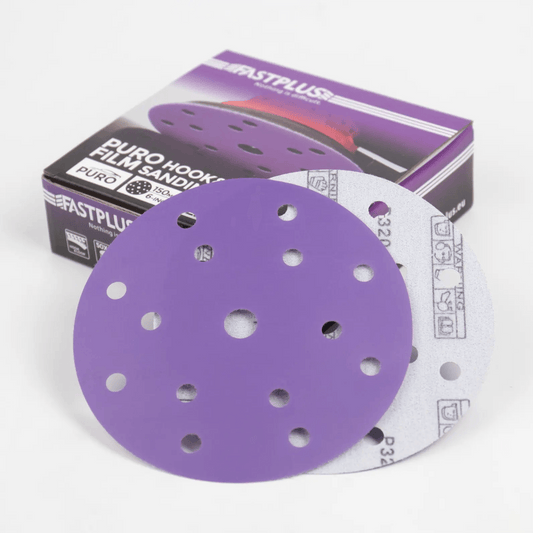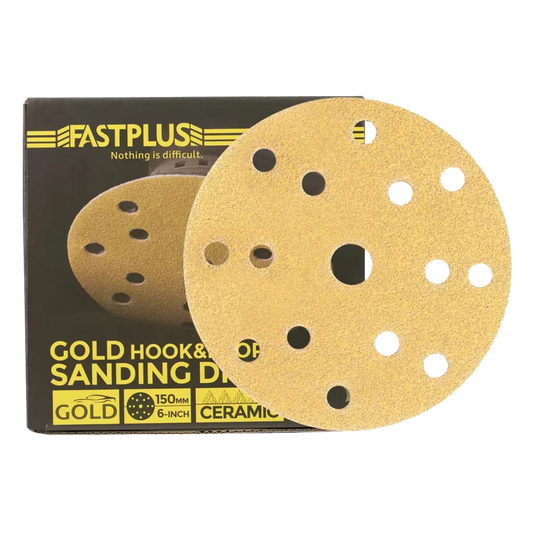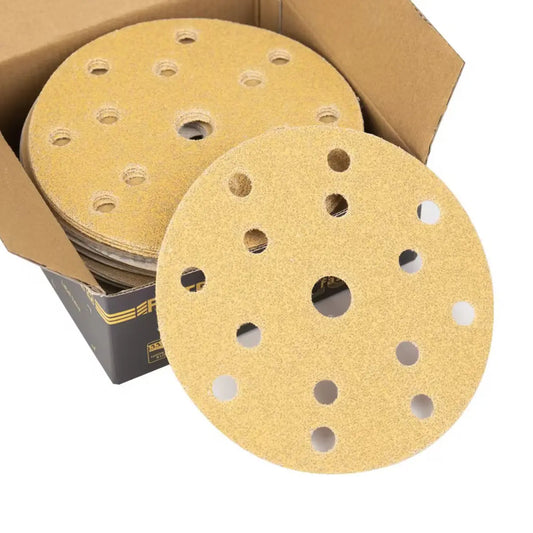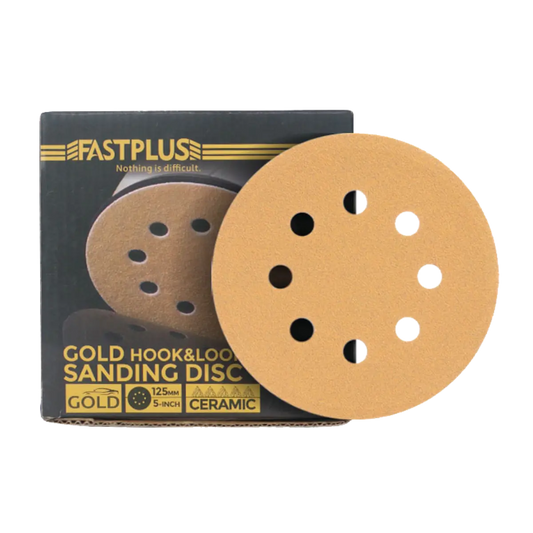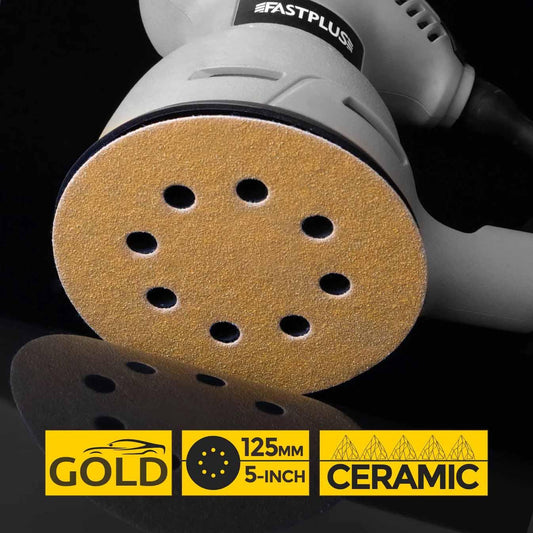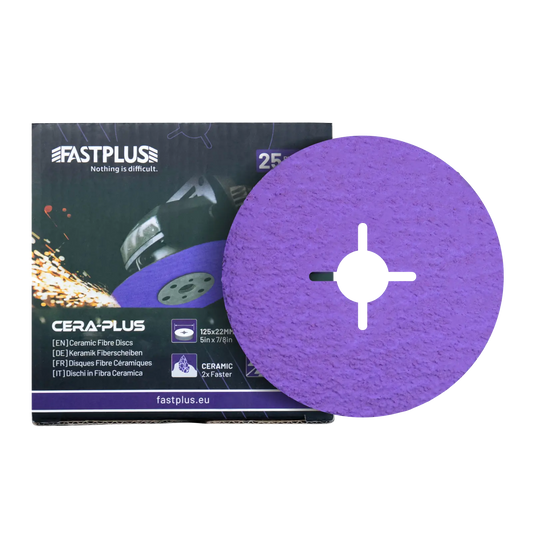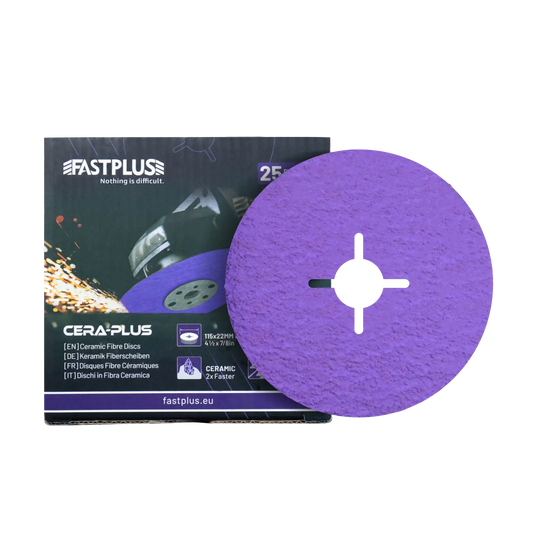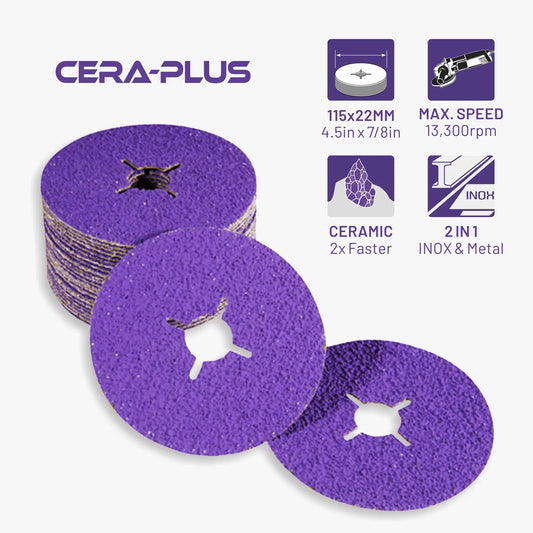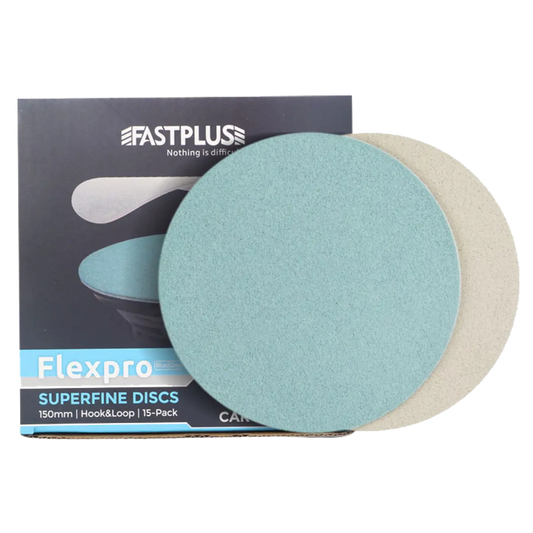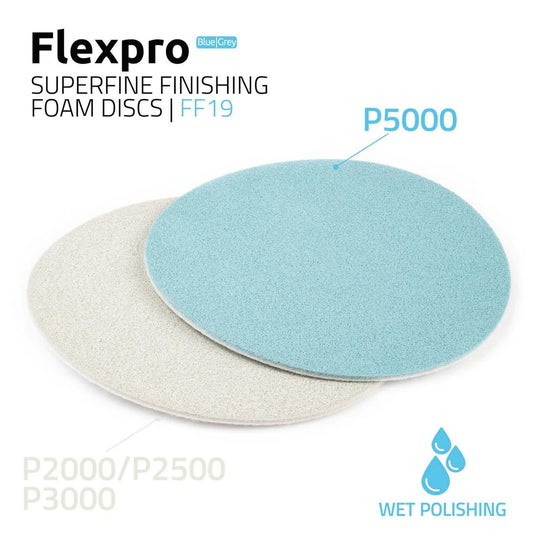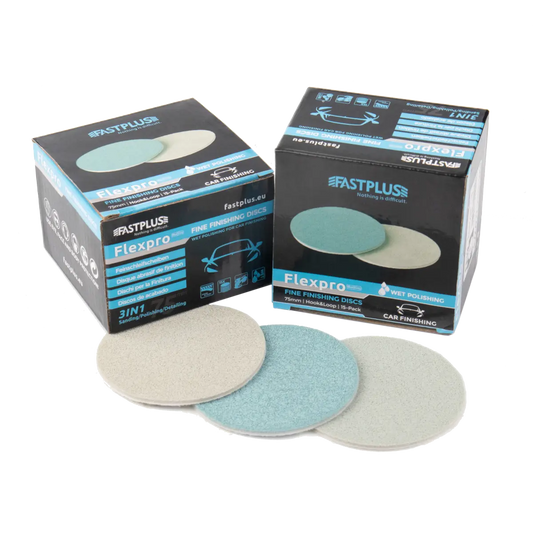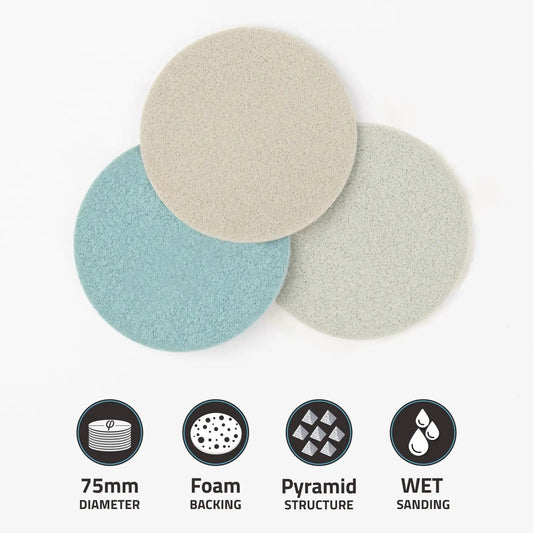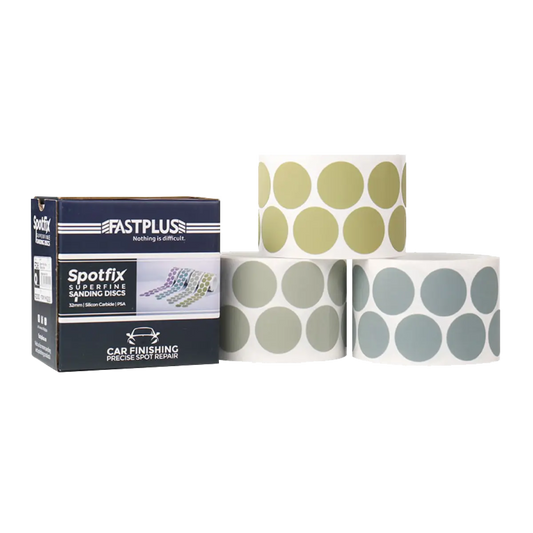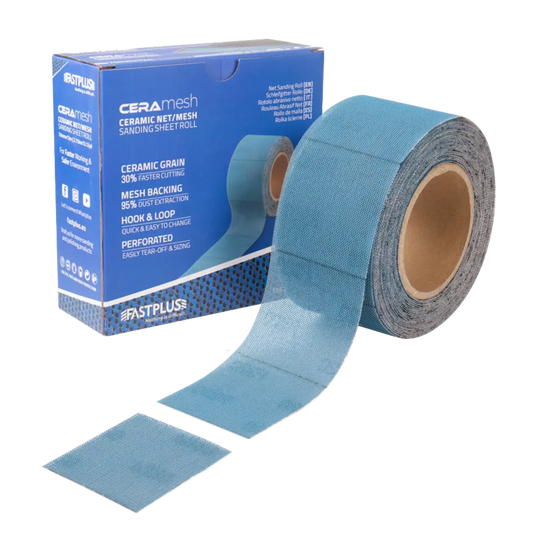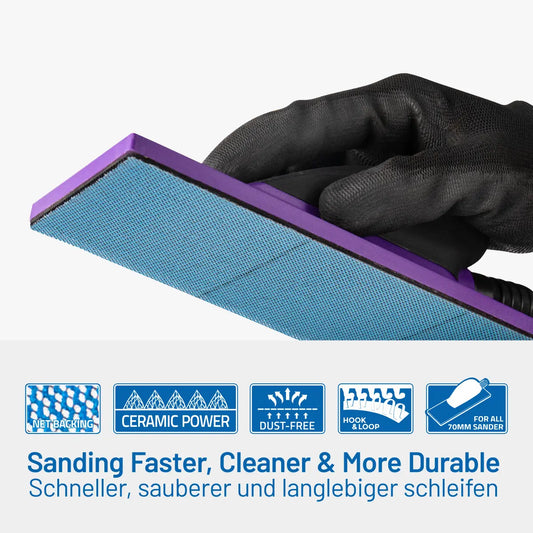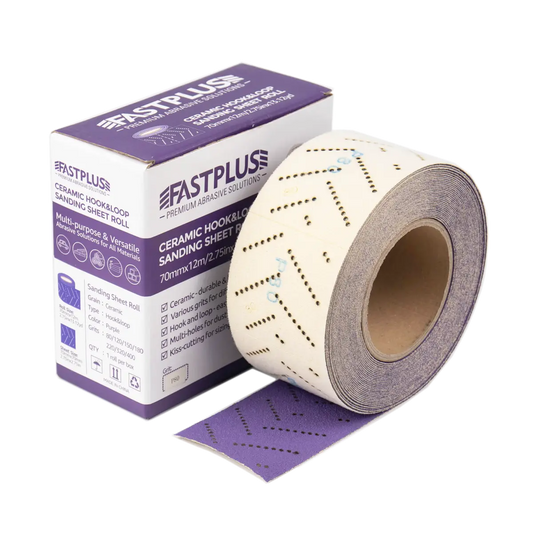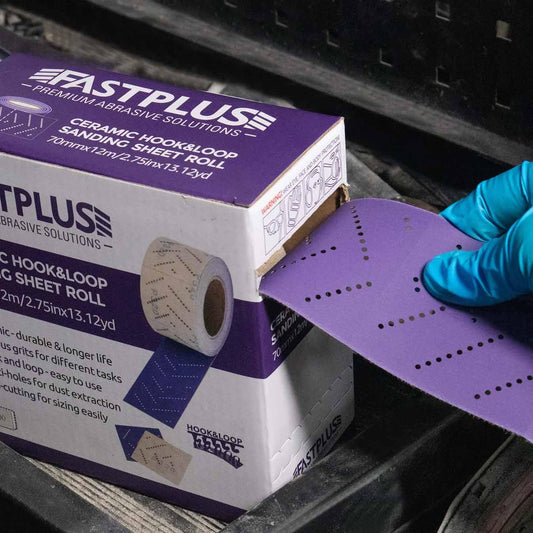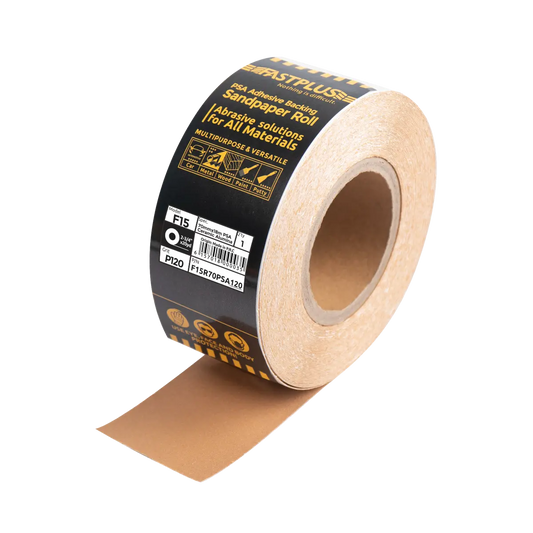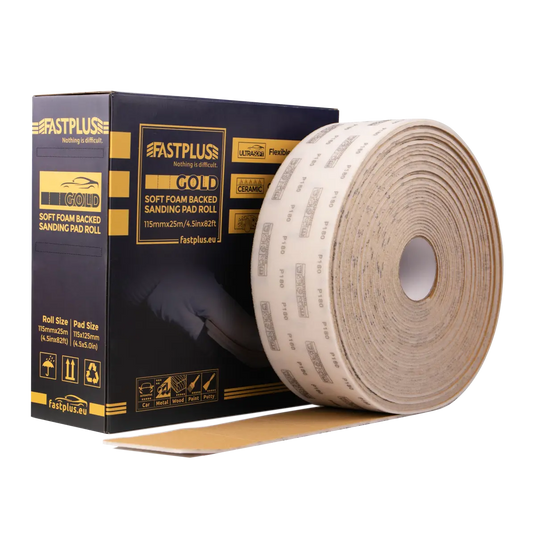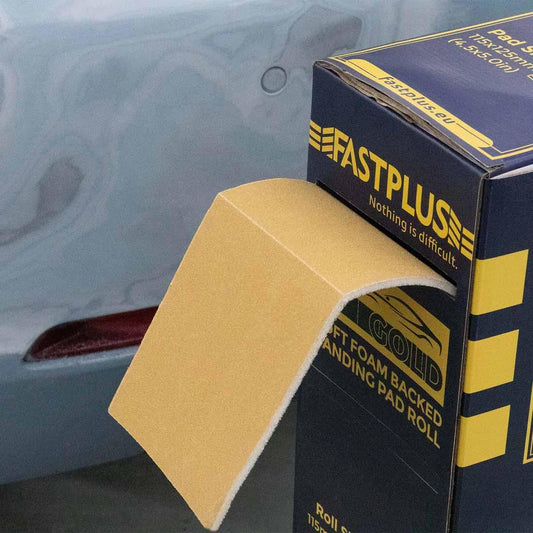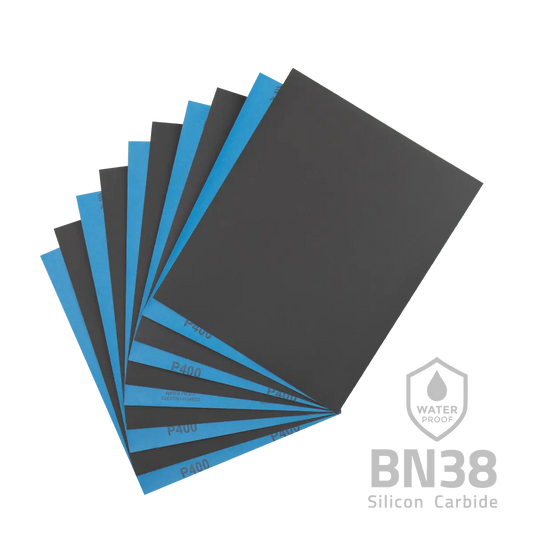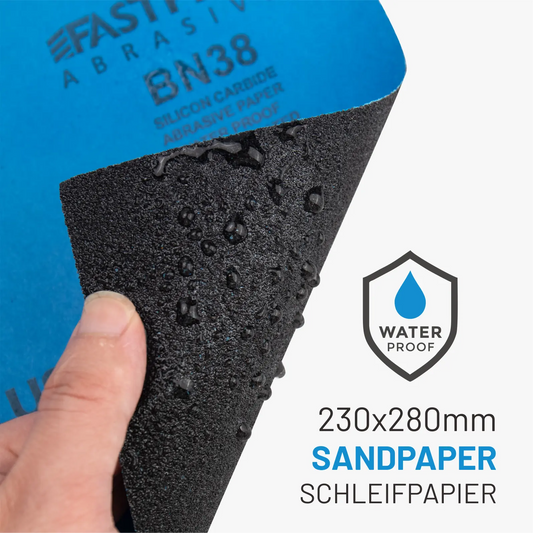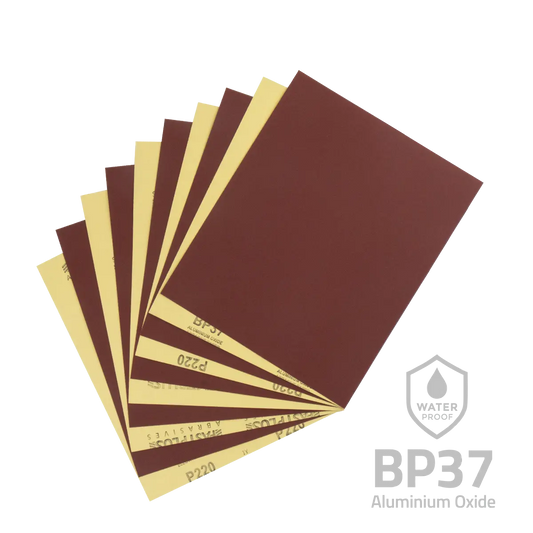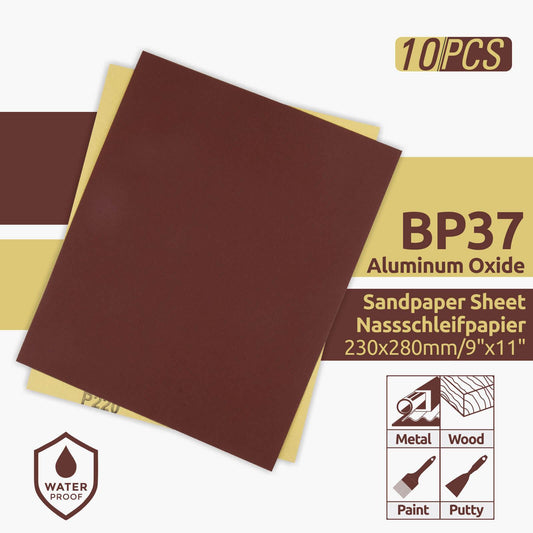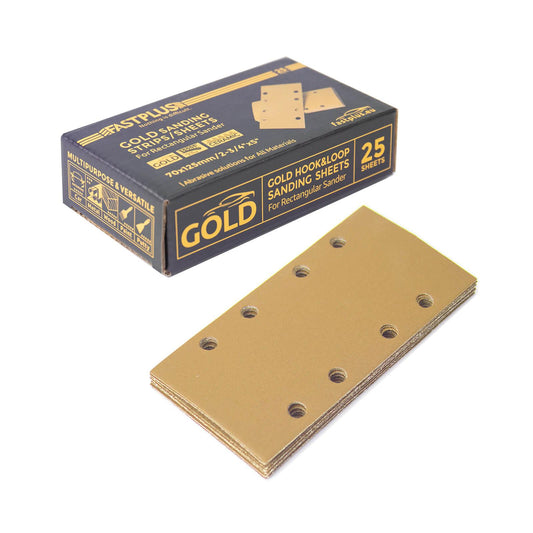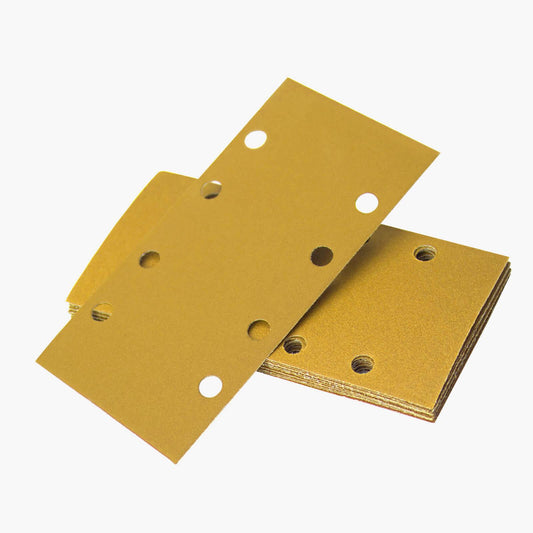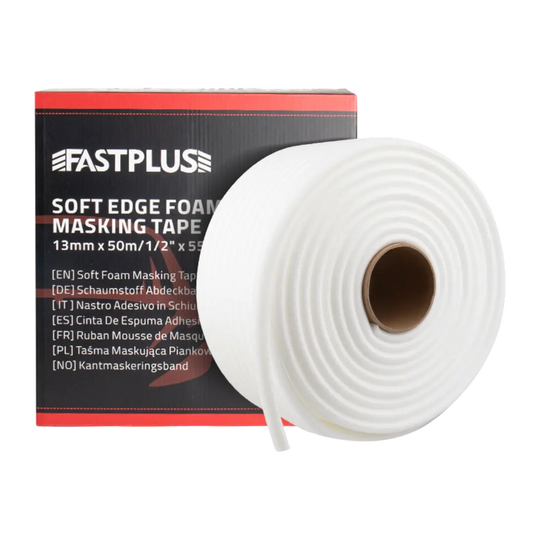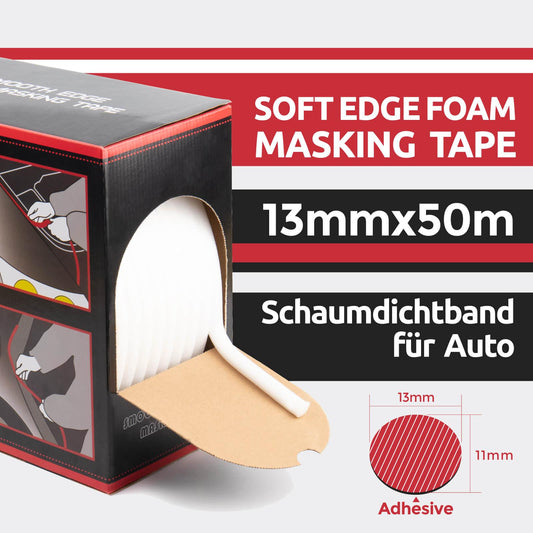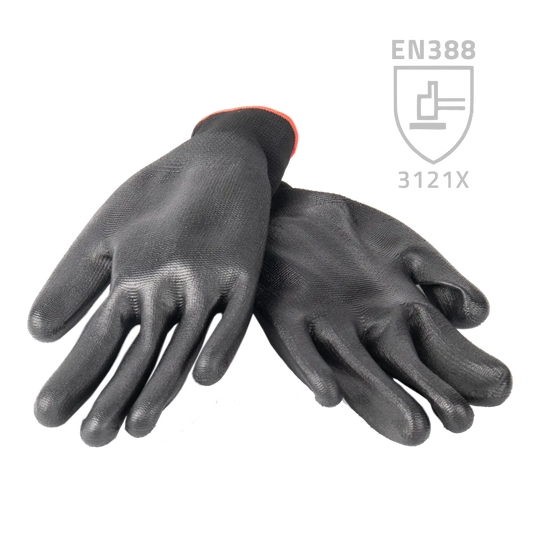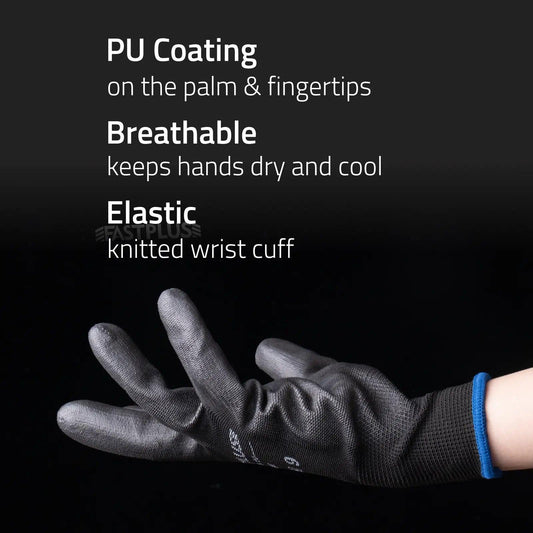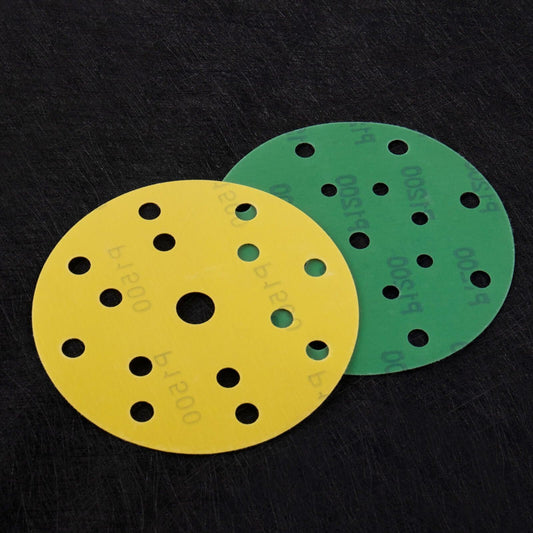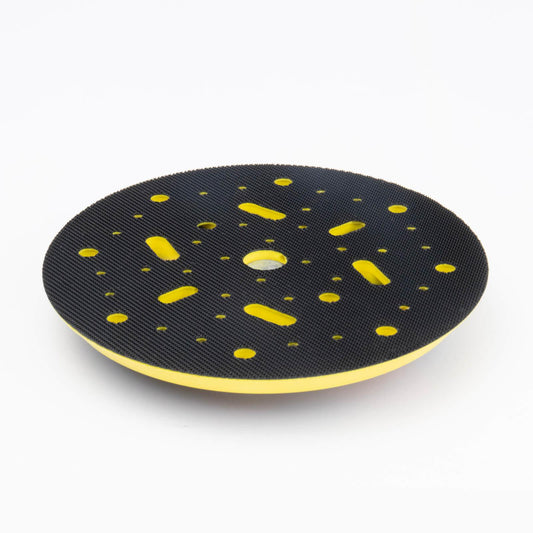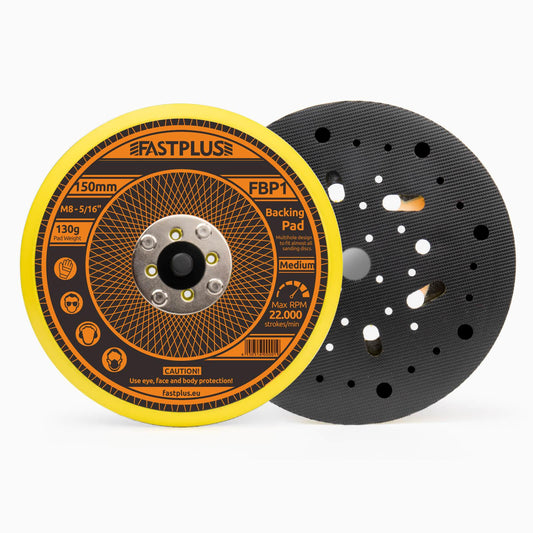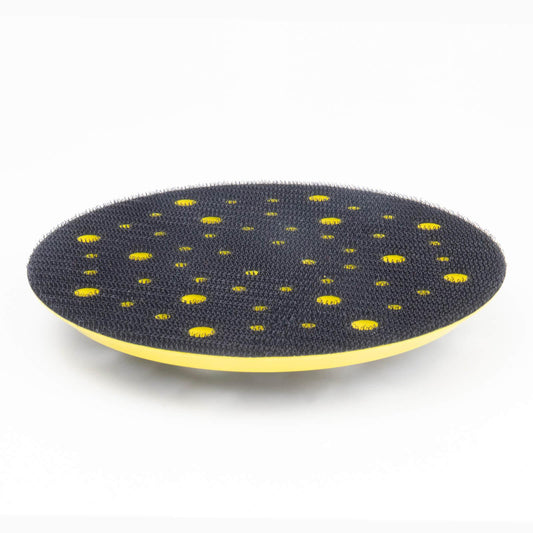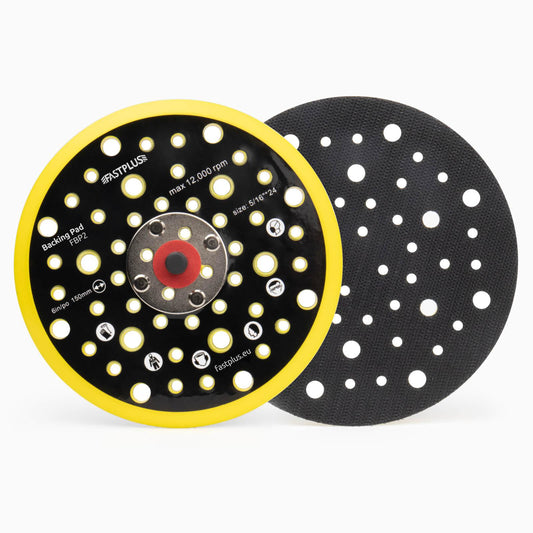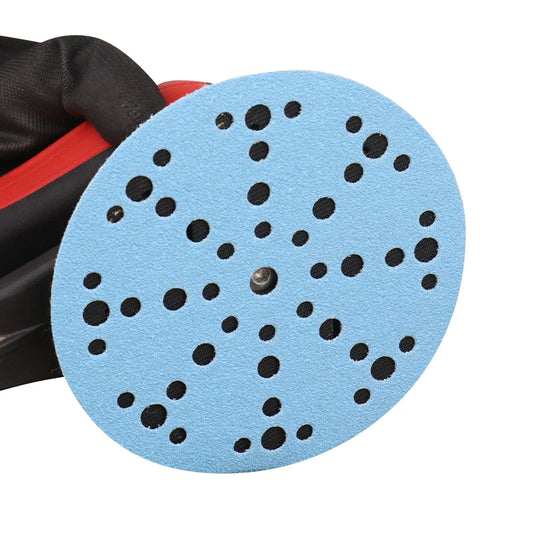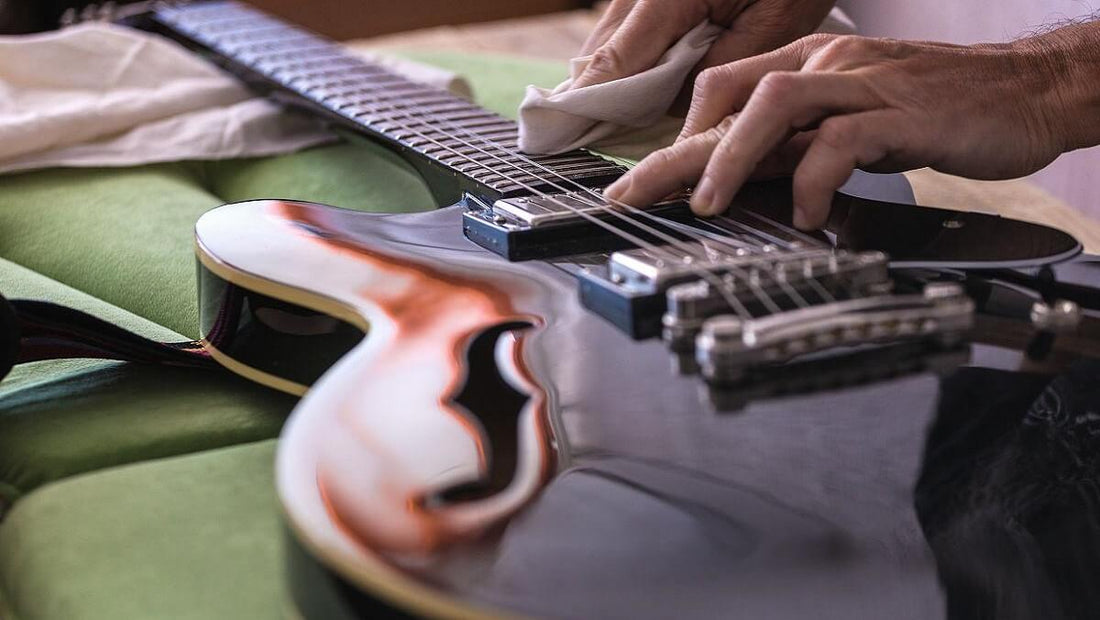
How to Choose the Right Sandpaper for Guitar Body and Instrument Work?
The process of finishing a guitar body or instrument involves meticulous attention to detail and a keen understanding of the materials involved. Among the array of tools and materials required, the significance of selecting the right sandpaper cannot be overstated. Sandpaper acts as the primary tool for shaping, smoothing, and refining the surface of the instrument, ultimately dictating the quality and aesthetic appeal of the final product.
Choosing the appropriate sandpaper is crucial for achieving the desired finish, whether it be a flawless mirror-like shine or a satin-smooth texture. The right sandpaper not only ensures optimal results but also minimizes the risk of damage to the instrument's delicate surfaces. From wood to metal to plastic components, each material demands specific sandpaper characteristics to achieve the desired outcome.
Factors to Consider When Choosing Sandpaper
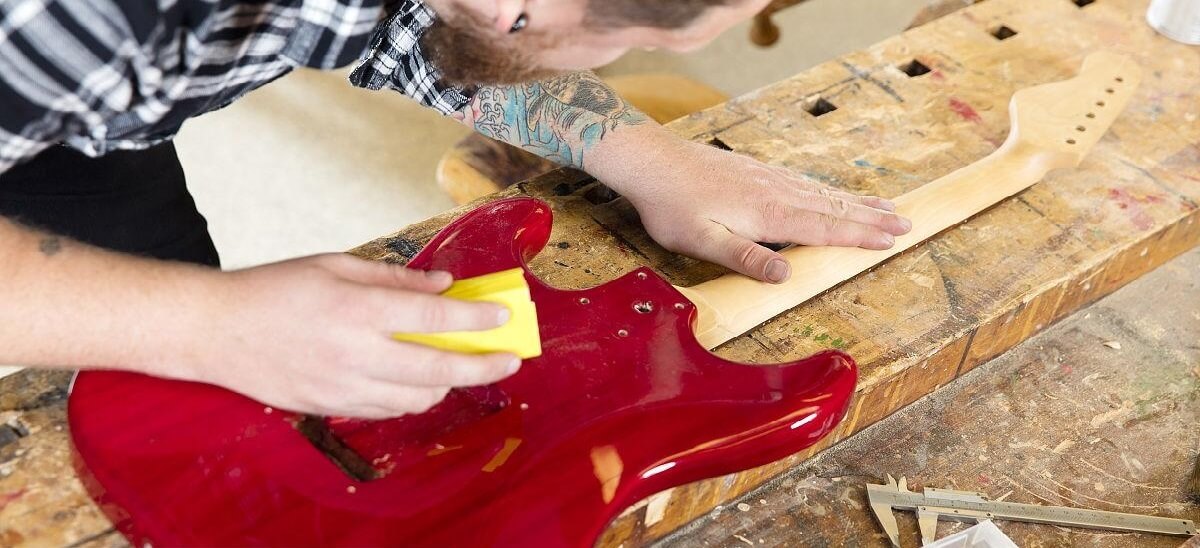
Material of the Guitar Body and Instrument Parts (Wood, Metal, Plastic, etc.)
The material composition of the guitar body and instrument parts plays a significant role in determining the type of sandpaper required for optimal results. Different materials have varying hardness levels and surface characteristics, necessitating specific abrasive properties. For example, wood surfaces may require sandpaper with finer grits to prevent excessive material removal and ensure a smooth finish, while metal components may demand abrasives with greater cutting power to effectively remove rust or imperfections.
Desired Finish Quality (Smoothness, Level of Polish)
To get the finish you want, you need to choose the right sandpaper. For a smooth, polished finish, you'll want finer sandpaper. It gets rid of imperfections and makes surfaces shiny. But if you're shaping or removing a lot of material, start with a coarser sandpaper. It might leave scratches, though, so you'll need finer sandpaper later to smooth things out. Knowing what finish you want helps you pick the right sandpaper for each step of the job.
Specific Tasks Involved in Guitar Body and Instrument Finishing (e.g., Removing Old Finish, Shaping, Smoothing)
Finishing a guitar body or any instrument involves different jobs based on its condition and what you want it to look like. Tasks like removing old finish, shaping curves, and making surfaces smooth need different kinds of sandpaper and grit sizes. For instance, getting rid of old finish might need rough sandpaper to strip it off, while shaping curves might need sandpaper that bends to fit. Knowing what each task involves helps craftsmen pick the right sandpaper for each step of the job.
Personal Preferences and Experience Level of the User
Personal preferences and experience level also play a role in sandpaper selection for guitar body and instrument finishing. Experienced craftsmen may have established preferences based on past projects and techniques that yield optimal results. Novice users, on the other hand, may benefit from experimenting with different sandpapers to develop their skills and find what works best for their specific needs. Additionally, personal preferences such as preferred brands or types of abrasive backing (e.g., cloth, paper, film) may influence sandpaper selection. Ultimately, considering personal preferences and experience levels helps ensure a comfortable and effective sanding experience.
Specialty Sandpapers and Abrasives for Guitar Body and Instrument Work
Foam sanding pad rolls offer flexible sanding for intricate guitar and instrument surfaces. Their soft foam backing ensures even pressure distribution, minimizing damage. With various grit sizes, they cater to different sanding needs, from polishing to material removal. Combining foam backing with ceramic alumina-infused abrasives, they provide power and ergonomic design. Perforated tear-off lines allow for easy customization, while foam backing cushions and flexes for hand sanding. Ideal for refining instrument surfaces, these rolls deliver smooth, uniform finishes, enhancing product quality.
PSA sandpaper rolls, featuring ceramic alumina minerals, are durable and efficient. With a C-weight paper backing and semi-open coat coating, they offer stability, effective material removal, and reduced clogging. Designed for use with longboards, sanding blocks, and handheld tools, their sticky-back fastening system makes them versatile for various tasks in guitar body and instrument finishing. Their adhesive backing simplifies attachment, ensuring uniform sanding across surfaces. Available in various grit sizes, they cater to diverse sanding needs, enhancing precision and quality in finishing.
BN38 SiC wet/dry sandpaper, made of silicon carbide grains, is known for its durability and sharp cutting. Its latex-backed paper ensures flexibility and durability, ideal for wet sanding. Easily customizable for hand tools, it's perfect for precise sanding on guitar bodies. Its versatility in wet and dry conditions makes it great for achieving flawless finishes. Particularly useful in wet environments, it prevents clogging and enhances abrasive efficacy, resulting in finer finishes. With its enduring nature and water-resistant properties, it's essential for professional-level instrument finishing.

Flexpro Fine Finishing Foam Discs
Flexpro Fine Finishing Foam Discs use silicon carbide minerals arranged in pyramids on flexible foam backing for consistent abrasion without surface damage. Designed for wet sanding, they attach easily to sanders and hand tools. Ideal for achieving fine finishes on guitar bodies, they enhance aesthetics and tactile quality.
Specifically crafted for exceptional surface finishes and polishing effects, they feature a high-density foam backing and durable abrasive surface for uniform sanding action. These discs excel in smoothing imperfections, buffing scratches, and enhancing overall appearance with precise control and smooth transitions between sanding stages. An essential tool for luthiers and instrument enthusiasts seeking professional-quality results effortlessly.
Matching Grits to Tasks
Recommended Grit Ranges for Different Stages of Guitar Body and Instrument Finishing
- Initial Shaping: For starting tasks like getting rid of the old finish, evening out surfaces, and shaping curves, it's best to use coarse grit sandpapers, between 40 and 80. These rough grits are good at taking off material while giving the instrument the shape and look you want.
- Smoothing and Refinement: Sandpapers with medium grit, like between 100 and 180, are great for making surfaces smooth and nice after you've shaped them. They help get rid of scratches and bumps left by rougher sandpapers, so the surface feels even and looks better.
- Shiny and Finished Look: For a super polished finish and really smooth surface, you'll need fine-grit sandpapers, starting from around 220 and going up to 600 or more. These fine grits get rid of any tiny flaws, scratches, or dull spots, giving your guitar body or instrument a shiny, mirror-like gleam.
Gradually Progressing Through Grits for Achieving Desired Results
Moving up through different grits of sandpaper is really important for getting the best results when finishing a guitar body or instrument. Starting with rough grits lets you take off material and shape things efficiently. Then, as you switch to finer grits, you smooth the surface and get rid of any scratches from the rougher sandpaper. Doing it step by step ensures the finish is smooth and even, and it reduces the chance of sanding too much or damaging the instrument. Plus, going through the grits gradually helps you stay in control and be more precise about getting the finish you want.
Tips for Choosing and Using Sandpaper Effectively
- Assess the Surface Condition: Before sanding guitar bodies or instrument parts, evaluate their condition for imperfections and old finishes. Identify the material composition to select the appropriate sandpaper.
- Test on Scrap Material: Test different sandpapers on scrap material to assess performance and compatibility. This helps refine techniques and evaluate the impact on the final finish.
- Use Proper Techniques: Apply light to moderate pressure, sand with the wood grain, and maintain a flat sandpaper surface. Use long strokes for even results, and monitor progress regularly.
- Avoid Common Mistakes: Avoid aggressive sanding, mismatched grits, and use protective gear. By practicing caution and proper techniques, you'll achieve professional-quality finishes without damaging the instrument.
Conclusion
In conclusion, selecting the appropriate sandpaper for guitar body and instrument work is crucial for achieving professional results. By considering factors such as grit size, material compatibility, and intended use, craftsmen can ensure efficient sanding and impeccable finishes. Whether smoothing out imperfections or preparing surfaces for painting or varnishing, choosing the right sandpaper enhances precision and elevates the overall quality of the final product, ultimately contributing to the satisfaction of both artisans and musicians alike.
